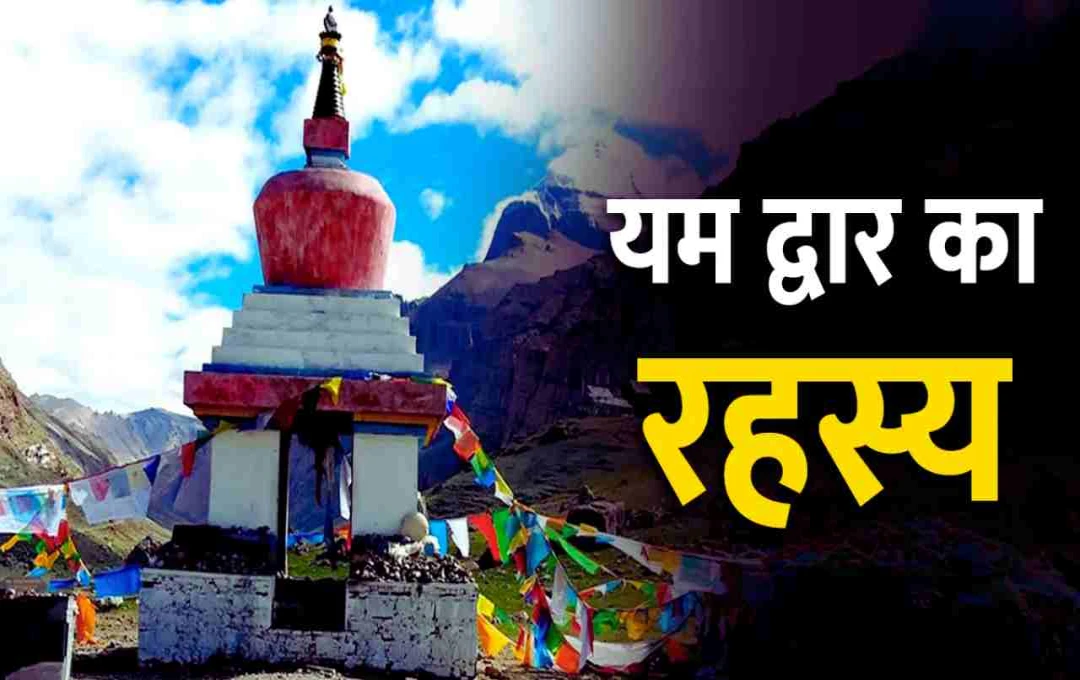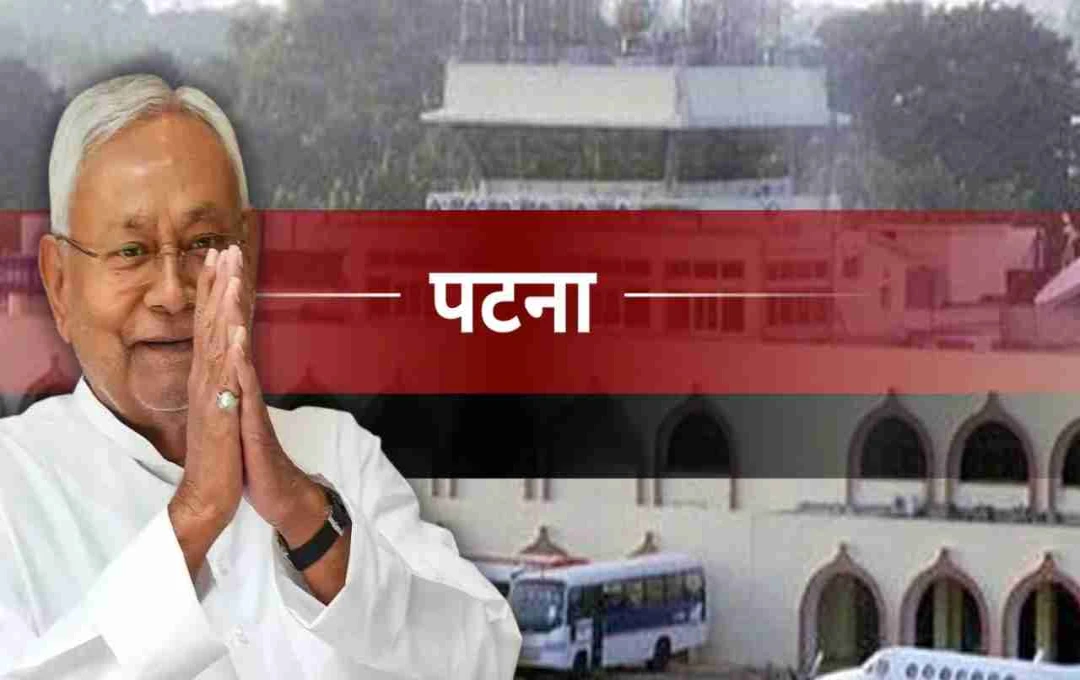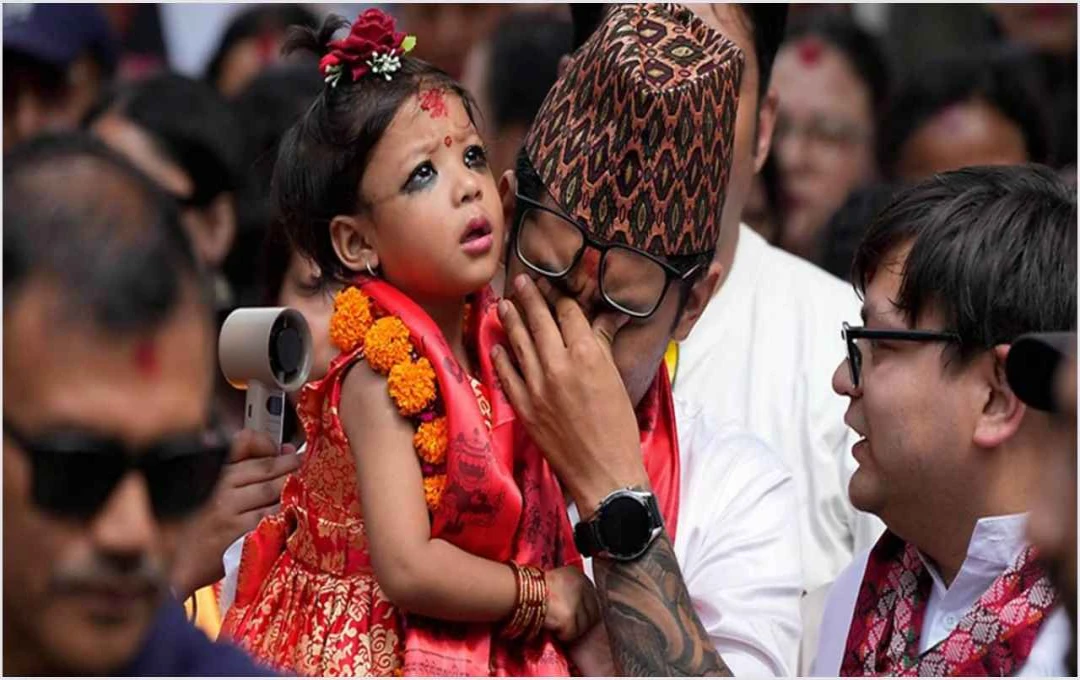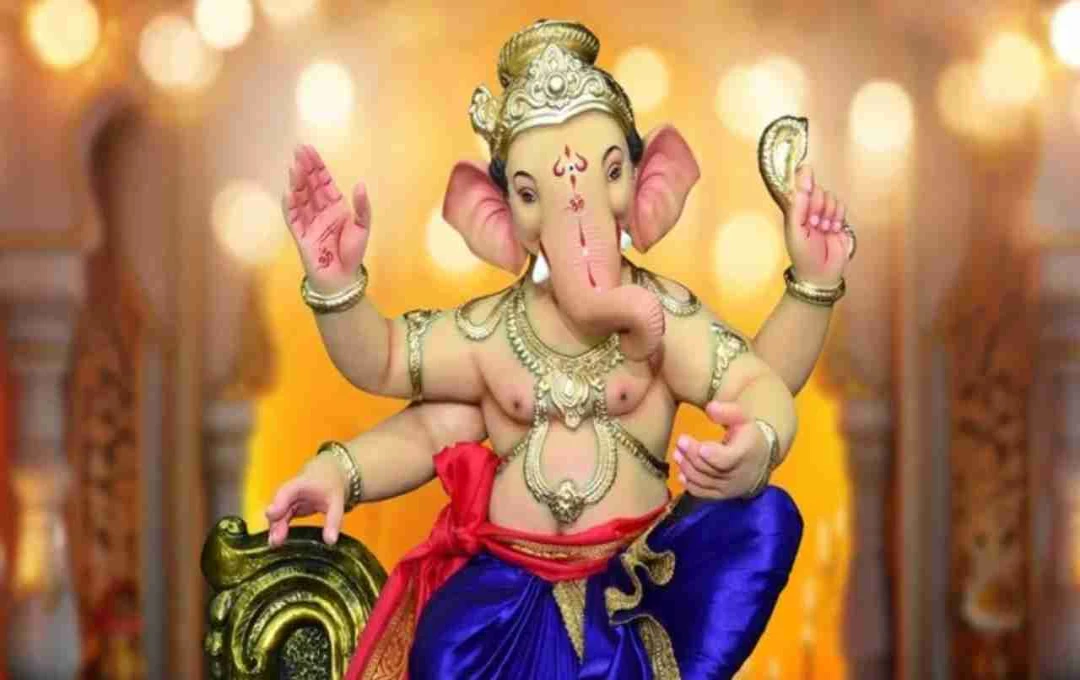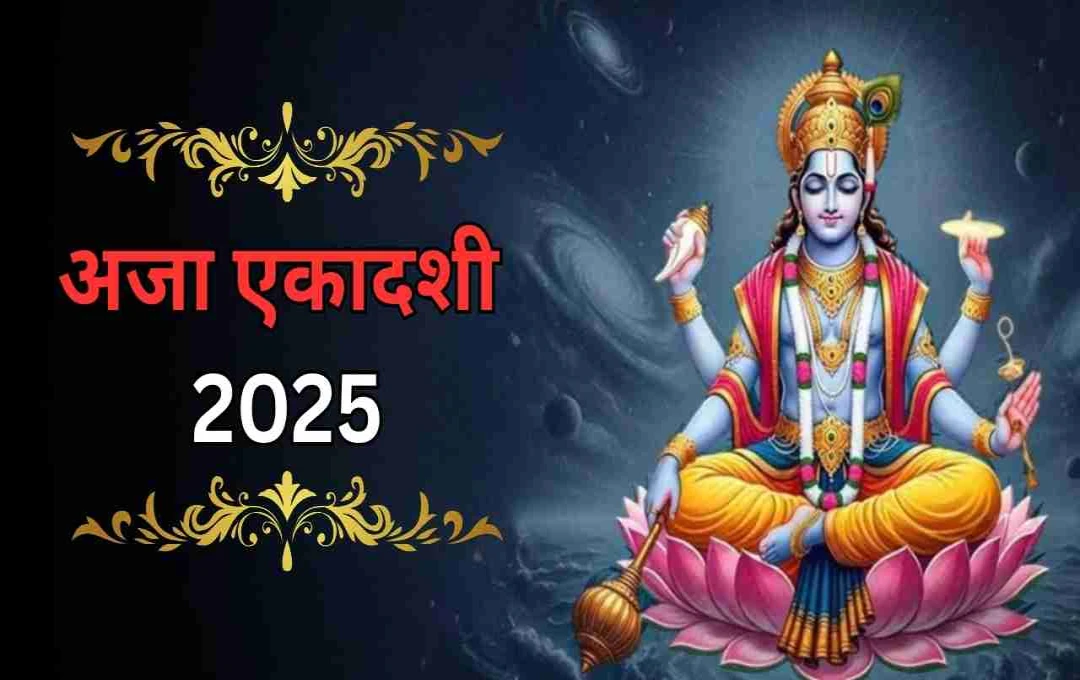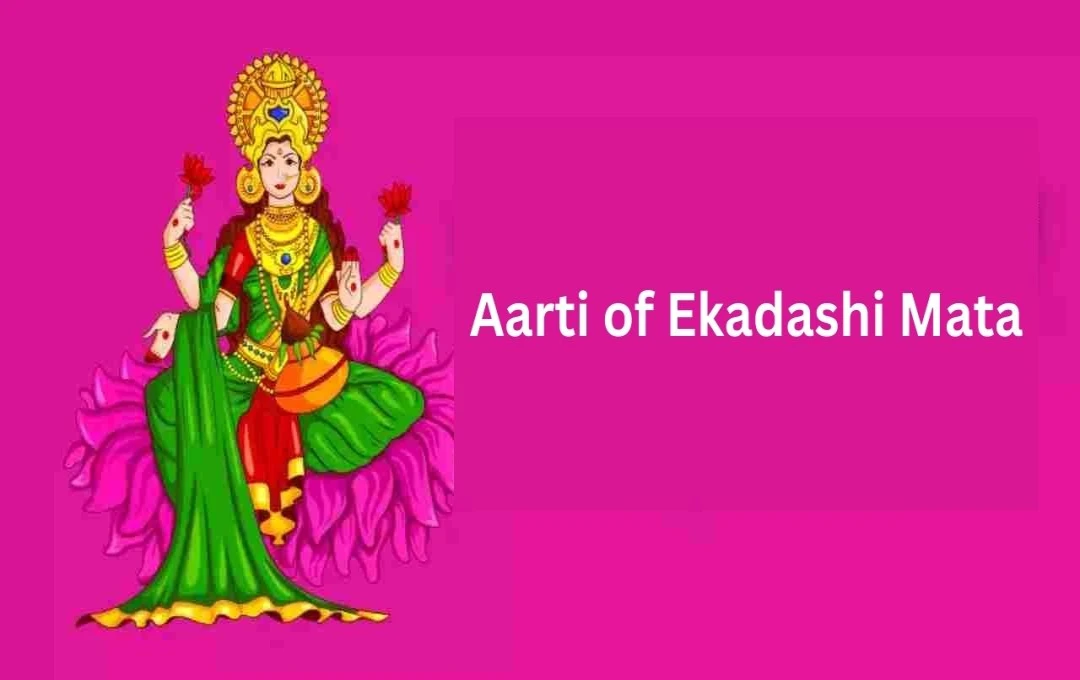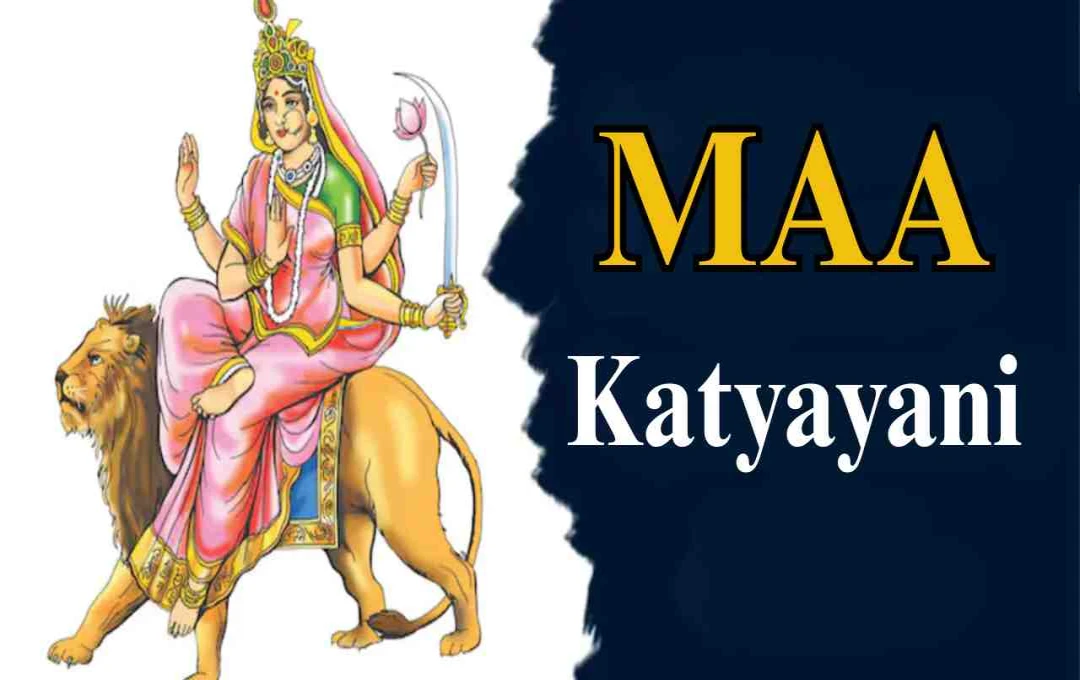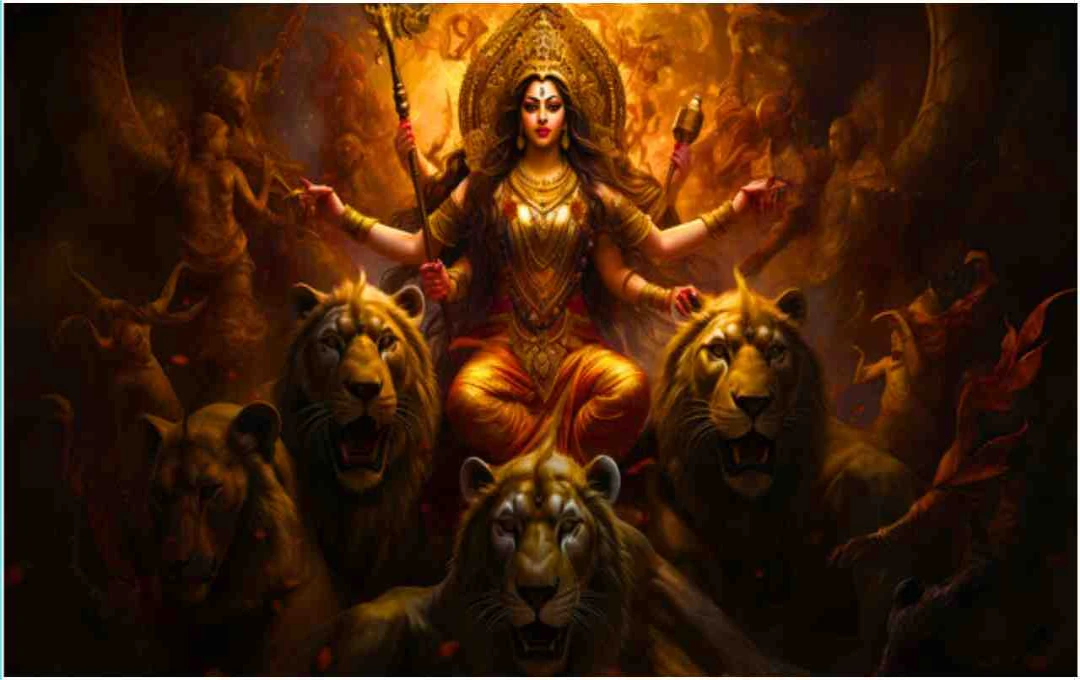The pilgrimage to Kailash Mansarovar, considered a heavenly paradise on Earth, draws thousands of devotees each year. This journey is not merely religious; it's a spiritual and mystical experience. Before embarking on the circumambulation of Mount Kailash, pilgrims encounter Yama Dwar, or the Gate of Yama – the gateway to death. This gate serves not just as a checkpoint, but as a spiritual trial for the devotees.
What is Yama Dwar?
Yama Dwar literally translates to "the gate of Yama," the Hindu god of death. Located west of Mount Kailash, it marks the beginning of the three-day Kailash parikrama (circumambulation). This place is shrouded in mystery, religiously, spiritually, and scientifically. In the Tibetan language, it's known as 'Tarboche'. A large flagpole stands here, replaced annually on the day of Vaisakha Purnima by Tibetan Buddhist followers with great devotion and celebration. This event is not only religious but also symbolizes cultural unity.
Why is Yama Dwar so Mysterious?
Numerous wondrous and terrifying beliefs surrounding Yama Dwar have persisted for years. It's believed that anyone attempting to spend the night near this gate meets certain death. Several incidents have been reported over the years where travelers, due to inclement weather, stayed near Yama Dwar and were found dead the following morning.
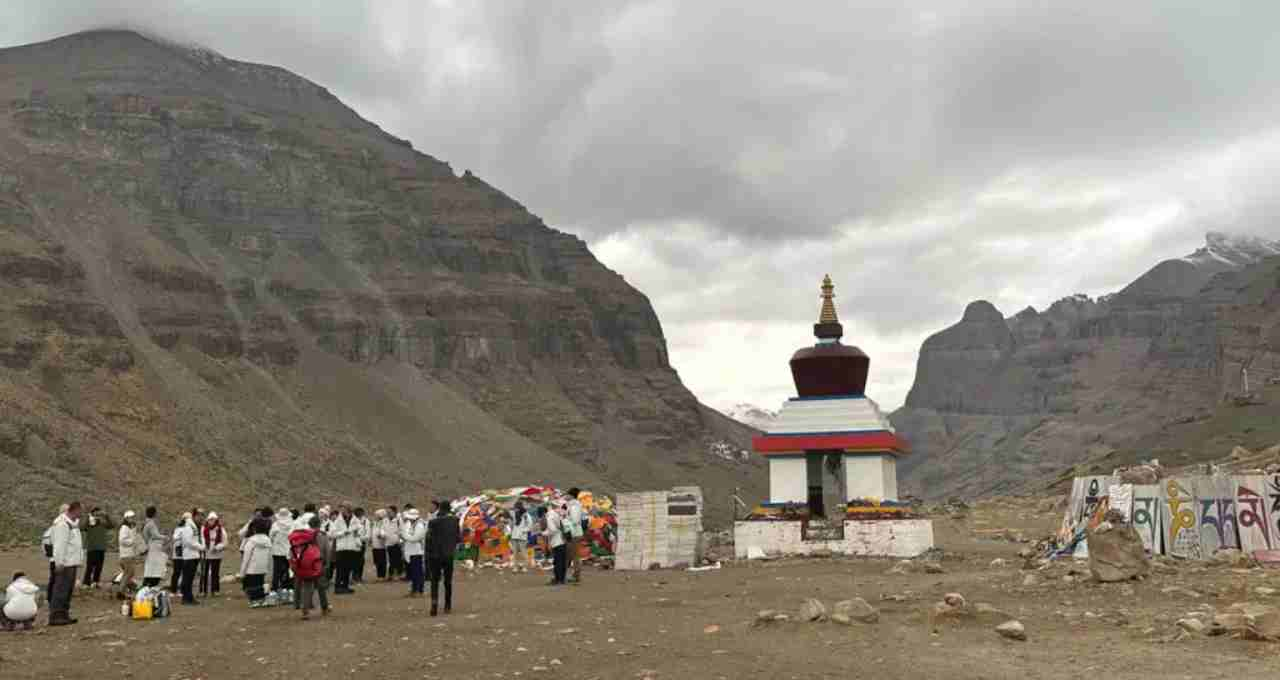
Scientists haven't yet offered a definitive explanation for this mystery. Some experts attribute it to low oxygen levels, high radiation, and icy winds, but this remains a purely technical interpretation. Religious beliefs posit that it's the domain of Yama, and staying there is considered defying the gods. Therefore, overnight stays are forbidden.
The Prohibition Against Looking Back
According to Hindu and Tibetan beliefs, one must never look back after crossing Yama Dwar. Doing so is believed to attract negative forces and obstruct the journey. This rule is considered as mysterious and stringent as the gate's influence itself.
Religious Significance and Belief
In Hinduism, Yama Dwar holds immense sacred and decisive importance. Religious scriptures state that those who cross Yama Dwar and complete the Kailash parikrama have their sins absolved. Chitragupta, considered Yama's accountant, finalizes the soul's record and paves the way to heaven for such a virtuous soul. Therefore, it's believed that the Kailash parikrama should be undertaken at least once in a lifetime, as it can offer liberation from the sins of past lives.
Kailash's Gate to Reopen in 2025
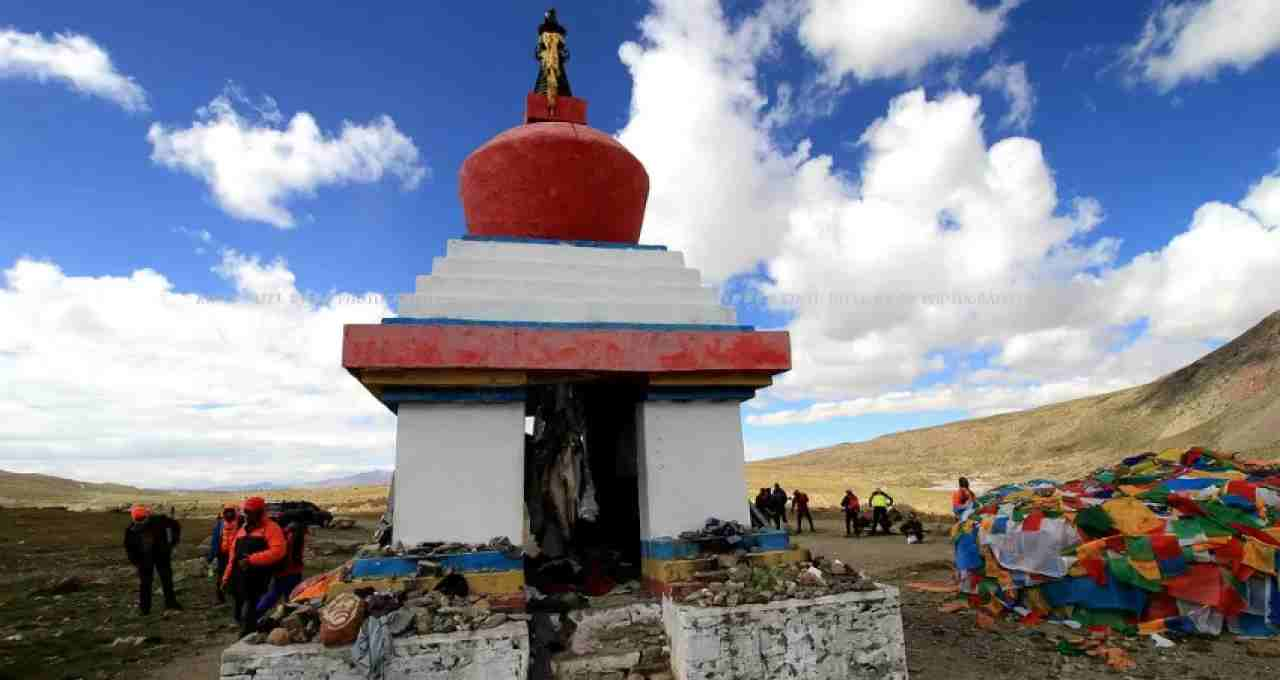
Due to the COVID-19 pandemic and border disputes, the Kailash pilgrimage was restricted in previous years. However, the journey is officially slated to resume from the last week of June 2025. Improved India-China relations this year have resulted in a new route opening, making the journey more accessible. The pilgrimage can be undertaken via the Lipulekh Pass in Uttarakhand and the Humla route in Nepal.
Yama Dwar also holds a special place in Tibetan Buddhism. Thousands of Tibetan Buddhists gather at Yama Dwar during the 'Saga Dawa festival' to replace the large flagpole, considered a link between earth and sky. This festival is associated with the birth, enlightenment, and nirvana of Lord Buddha and is considered highly auspicious.
Yama Dwar is not just a geographical location; it's a confluence of religion, spirituality, and mystery. Staying there is forbidden, looking back is prohibited, and completing the Kailash parikrama after crossing it is considered the ultimate life goal.
